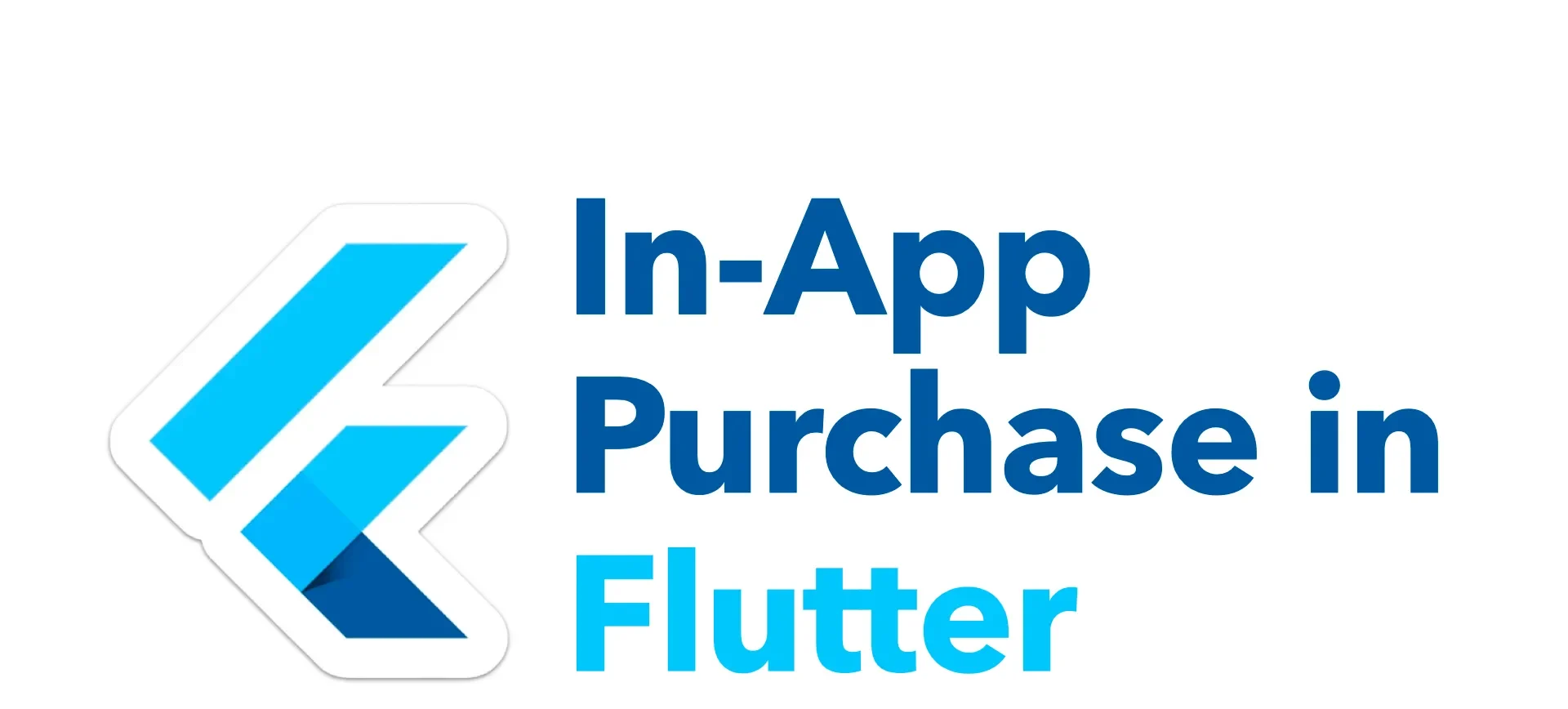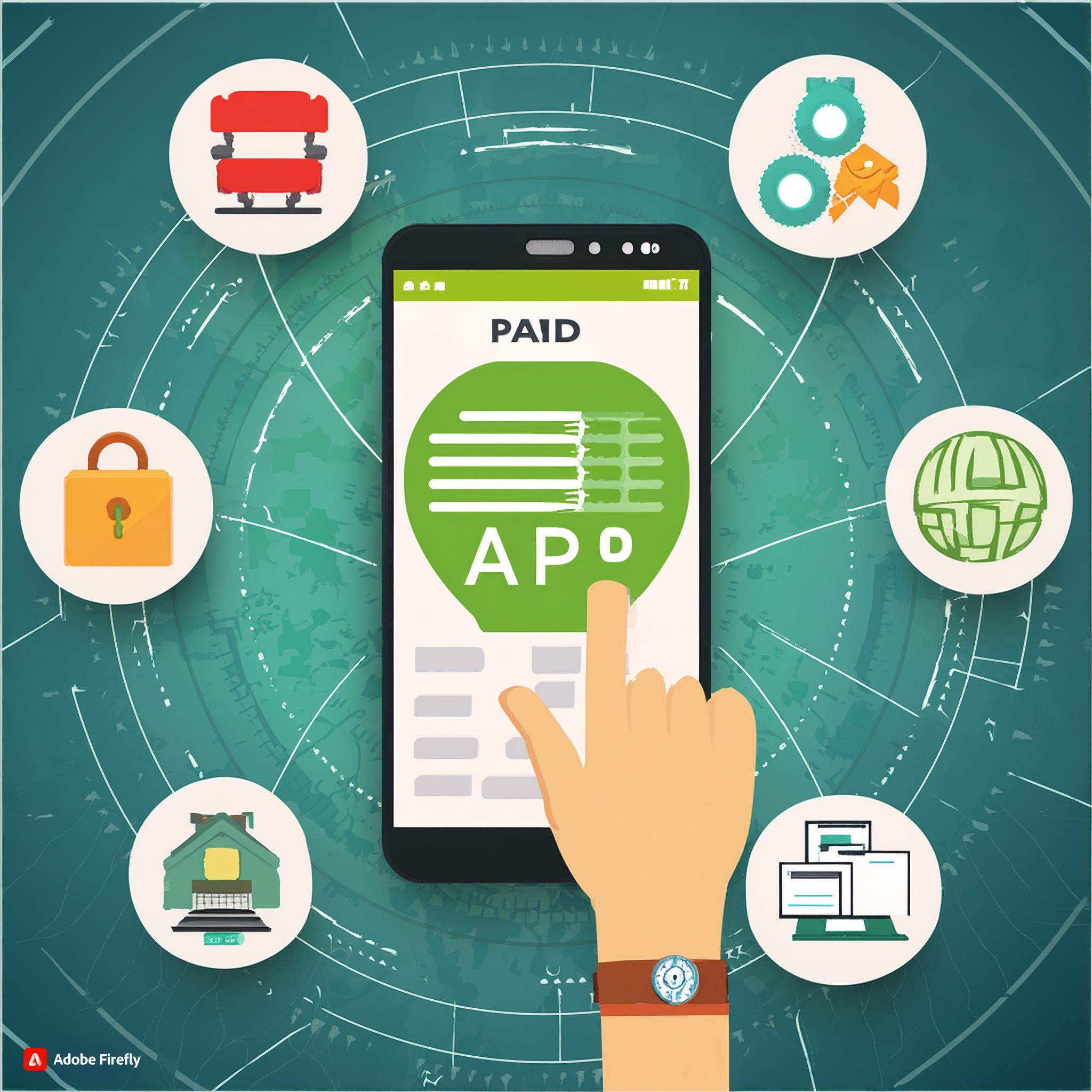In today’s digital landscape, businesses and developers alike are constantly seeking ways to reach their audience across multiple platforms efficiently. Enter Flutter, Google’s UI toolkit for building natively compiled applications for mobile, web, and desktop from a single codebase. While Flutter has gained significant traction in the mobile app development space, its capabilities extend beyond mobile to the web, offering a compelling solution for building responsive and feature-rich web applications.
The Power of Flutter for Web
Flutter’s approach to web development brings several advantages to the table:
- Single Codebase: With Flutter, developers can write code once and deploy it across multiple platforms, including the web. This eliminates the need to maintain separate codebases for web and mobile, reducing development time and effort.
- Hot Reload: Flutter’s hot reload feature enables developers to see changes in real-time as they modify their code, speeding up the development process and facilitating rapid iteration.
- Rich UI Components: Flutter provides a comprehensive set of customizable UI components, known as widgets, that are tailored for web development. These widgets allow developers to create visually stunning and interactive web interfaces with ease.
- Performance: By compiling Flutter code to highly optimized JavaScript, Flutter for web delivers fast and responsive web applications that rival the performance of native web technologies.
Getting Started with Flutter for Web
Getting started with Flutter for web development is straightforward:
- Install Flutter: If you haven’t already, install Flutter by following the instructions in the official Flutter documentation (https://flutter.dev/docs/get-started/install).
- Enable Flutter Web: Once Flutter is installed, enable Flutter for web by running the following command in your terminal:
flutter config --enable-web - Create a New Flutter Web Project: Create a new Flutter web project using the following command:
flutter create <project_name> - Run Your Web App: Navigate to your project directory and run your Flutter web app using the following command:
flutter run -d web
Designing Responsive Web Interfaces with Flutter
Flutter’s responsive design capabilities make it well-suited for building web applications that adapt seamlessly to different screen sizes and orientations. Here are some tips for designing responsive web interfaces with Flutter:
- Use MediaQuery: Flutter provides the MediaQuery class, which allows you to retrieve information about the current device’s screen size and orientation. Use MediaQuery to make layout decisions based on the available screen real estate.
- Flexible Layouts: Utilize Flutter’s flexible layout widgets, such as Row, Column, and Flex, to create fluid and adaptive layouts that adjust dynamically to different screen sizes.
- Responsive Images: Ensure that images in your web app are responsive by using Flutter’s Image widget with appropriate BoxFit properties to scale and crop images based on the available space.
- Media Queries: Leverage media queries in your Flutter web app to apply specific styles or layout changes based on the device’s screen size or resolution, enhancing the user experience across various devices.
Deploying Your Flutter Web App
Once you’ve built and tested your Flutter web app locally, it’s time to deploy it for the world to see. Flutter for web supports several deployment options, including hosting on static web hosting platforms like Firebase Hosting, GitHub Pages, or Netlify, or deploying as a Progressive Web App (PWA) for offline access and improved performance.
To deploy your Flutter web app, follow these general steps:
- Build Your App: Generate a production-ready build of your Flutter web app by running the following command:
flutter build web - Deploy to Hosting Platform: Upload the contents of the
build/webdirectory to your chosen hosting platform using FTP, SCP, or a hosting provider’s deployment tools. - Configure Domain and DNS: If you’re using a custom domain, configure your domain’s DNS settings to point to your hosting provider’s servers.
- Test and Verify: Once deployed, thoroughly test your Flutter web app on different devices and browsers to ensure compatibility and functionality.



